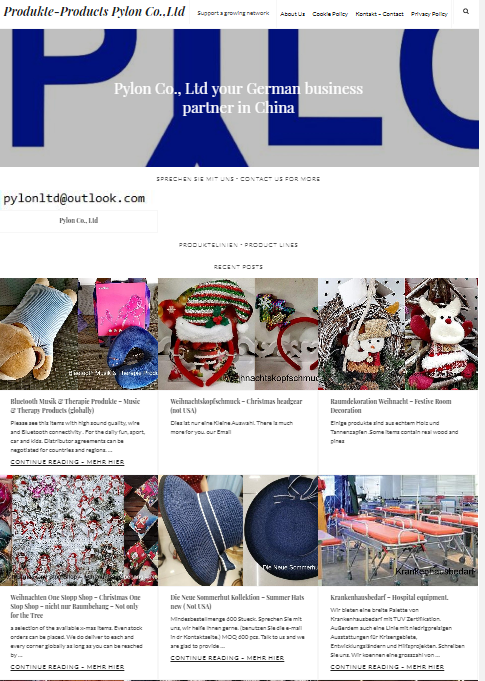Ningbo Promulgated the Implementation Plan for Cultural Protection, Inheritance and Utilization of the Grand Canal (Ningbo Section)
- Details
- Category: Governmental News
- Published: Tuesday, 01 June 2021 12:55
Yesterday, it was learned from relevant departments that the "Implementation Plan for the Protection, Inheritance and Utilization of the Grand Canal (Ningbo Section)" was recently jointly issued by the General Office of the Municipal Party Committee and the General Office of the Municipal Government. The plan uses the World Cultural Heritage of the Grand Canal (Ningbo Section) as its core resource. The planning scope involves Haishu, Jiangbei, Zhenhai, Beilun, Yinzhou, Yuyao and other districts (cities). The implementation period of the plan is 2020-2035, of which the short-term period is 2020-2025, the medium-term and long-term period is 2026-2035, and the plan looks forward to 2050.
The Grand Canal (Ningbo Section) is located at the southernmost end of the Grand Canal in China. It is the intersection of the Grand Canal and the Maritime Silk Road. Among them, the Shangyu-Yuyao section of the East Zhejiang Canal (the Yuyao section), the Ningbo section of the East Zhejiang Canal and the Sanjiangkou of Ningbo (including the Qing’an Guild Hall) were included in the World Cultural Heritage List in June 2014. The canal has 152 kilometers of rivers and 179 kilometers of branch lines, totaling 331 kilometers. The plan
positions the Grand Canal (Ningbo Section) as a display belt of world cultural heritage that highlights the essence of sea silk culture, a green development innovation belt that implements the concept of "green water and green mountains are golden mountains and silver mountains", and a canal cultural tourism brand belt that highlights the concept of integrated development , The "One Belt, One Road" development and opening up along the river, which inherits ancient and modern times, is a leading belt. The planning involves the protection of cultural heritage and the inheritance of cultural values, the protection and function enhancement of famous canal cities and towns, the protection and inheritance of intangible cultural heritage projects, the protection and inheritance of intangible cultural heritage projects, the ecological environment protection and riverside quality optimization projects, the improvement and utilization of waterways and the improvement of water conservancy functions, and the integrated development of cultural tourism. And industrial vitality upgrading projects.
According to the plan, by 2025, to achieve full coverage of the Grand Canal heritage monitoring, complete the protection and restoration of the canal heritage sites above the municipal level; jointly promote the "Maritime Silk Road" work with the protection of the Maritime Silk Road and the joint application of the World Cultural Heritage Alliance cities; The added value of cultural and related characteristic industries in the six districts (cities) along the route reached 66 billion yuan. The core area within 2,000 meters on both sides of the main river channel of the East Zhejiang Canal (Ningbo Section) (the river section included in the World Cultural Heritage) is designated as the core monitoring area, which is included in the territorial and spatial planning, and the negative list access management is implemented; The 1,000-meter area is designated as a riverside ecological space, and new non-public construction land is strictly controlled. On the basis of strict protection of arable land, the riverside shelterbelt ecological barrier project is implemented, and contiguous trees are planted on both sides of the river.
According to the plan, the spatial development pattern of the Grand Canal (Ningbo Section) is set as "one pulse, three regions, multiple clusters and multiple routes".
One vein is the aorta of the Maritime Silk Culture of the Grand Canal. Three films refer to the cultural inheritance and development films of Eastern Zhejiang featuring "the origin of civilization and the hometown of Yangming", which mainly cover the towns (streets) along the Grand Canal in Yuyao City; the rivers and seas featuring "the style of the three rivers and the silk road sailing" Cultural innovation development areas, mainly covering Jiangbei District, Haishu District, and Yinzhou District along the river area; the open ocean culture development area featuring "out of the ocean and merchants from the east", mainly covering Zhenhai District and Beilun District along the river area . Multiple groups include special cultural tourism group, fashion cultural and digital cultural service group, marine competition and leisure fitness service group, and traditional craft industry group. The multiple routes include the road to visit ancient civilizations, the road to the new look of ancient towns, the road to the opening of sea silk, the road to scholarship in East Zhejiang, and the road to landscape poetry and painting.
In terms of cultural heritage protection and cultural value inheritance projects, the protection of cultural heritage is the primary task, and the construction of the Grand Canal (Ningbo section) national cultural park project has been initiated, including accelerating the construction of the Hehai Museum and Tianyige Museum expansion projects, and actively planning the construction of Daxi The three archaeological site parks of the Dam, Xiaoxiba and Yasaiyan will strive to be included in the landmark project of the Grand Canal National Cultural Park








